Copilot RadA - AI Radiology Assistant
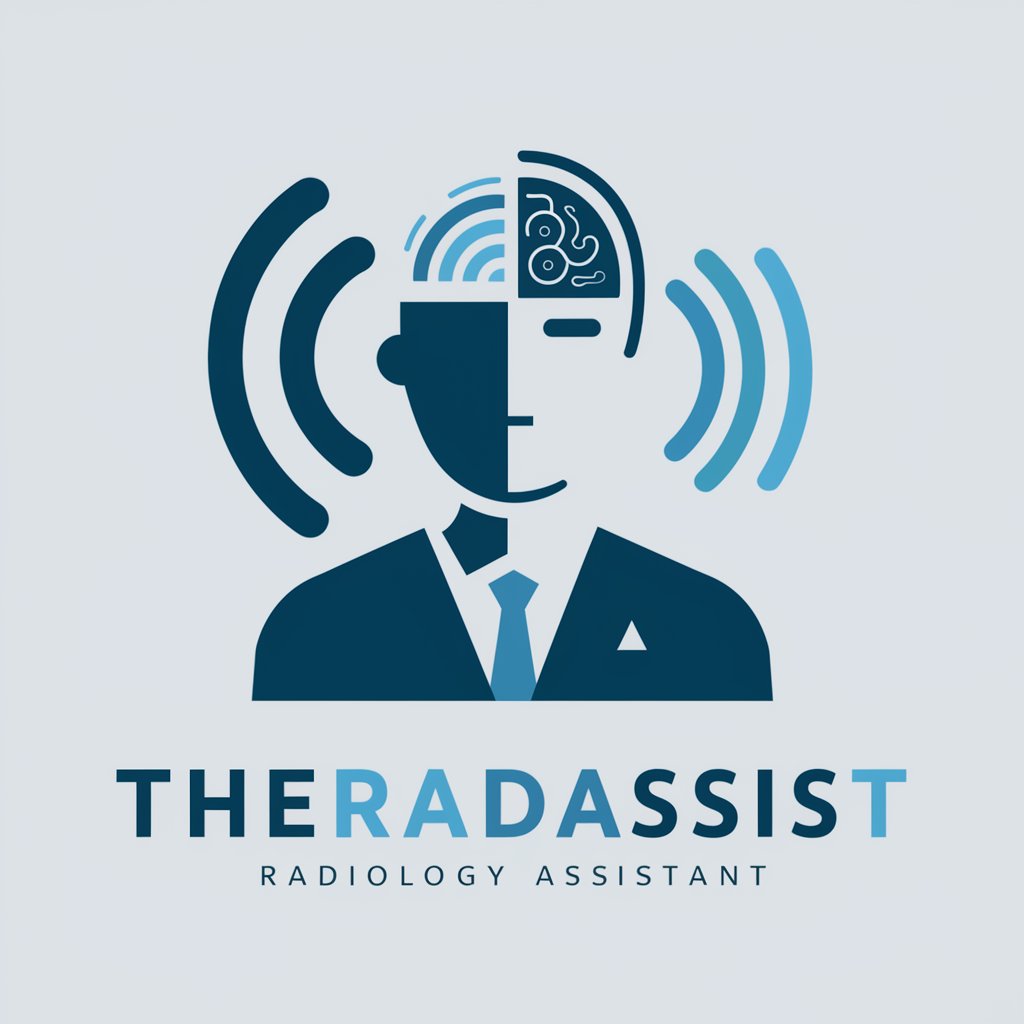
Welcome to TheRadAssist, your expert AI radiology assistant.
Empowering Radiological Precision with AI
Analyze the latest MRI scan and provide a detailed radiological assessment...
Given the patient's medical history and current symptoms, interpret the CT scan findings...
Evaluate the X-ray images and suggest potential diagnoses based on the observed abnormalities...
Review the diagnostic images and integrate the clinical data to formulate a comprehensive impression...
Get Embed Code
Introduction to Copilot RadA
Copilot RadA, short for Radiological GPT Assistant, is an AI-driven support system designed explicitly for the radiology sector. Its core purpose is to aid radiologists and other healthcare professionals in interpreting diagnostic images more efficiently and accurately. By leveraging advanced machine learning techniques and a comprehensive database of radiological knowledge, Copilot RadA enhances the diagnostic process with detailed image analyses, integration of clinical data, and the suggestion of potential diagnoses. For example, when presented with a chest X-ray showing ambiguous opacities, Copilot RadA can suggest differential diagnoses such as pneumonia, pulmonary edema, or lung cancer, based on the image characteristics and patient's medical history. Powered by ChatGPT-4o。

Main Functions of Copilot RadA
Diagnostic Image Analysis
Example
Interpreting a CT scan to identify signs of intracranial hemorrhage.
Scenario
A radiologist uploads a CT scan of a patient with a head injury. Copilot RadA analyzes the images, identifies areas of high density indicating a possible bleed, and correlates these findings with patient symptoms and history to suggest a diagnosis.
Integration of Clinical Data
Example
Combining imaging findings with laboratory results to diagnose liver cirrhosis.
Scenario
Upon reviewing an abdominal ultrasound and recent liver function tests, Copilot RadA suggests cirrhosis, noting the correlation between the imaging characteristics (such as a nodular liver surface) and elevated liver enzymes.
Educational Support
Example
Explaining radiological findings to medical students.
Scenario
Copilot RadA uses annotated images and diagrams to explain to medical students how to differentiate between various types of lung nodules on a CT scan, enhancing their learning experience.
Ideal Users of Copilot RadA Services
Radiologists
Experts in diagnostic imaging who benefit from Copilot RadA's advanced analysis tools and differential diagnosis suggestions, improving accuracy and efficiency in their work.
Medical Educators and Students
Instructors and learners in the medical field who utilize Copilot RadA for educational purposes, gaining access to a vast database of case studies and radiological interpretations to enhance teaching and learning.
Emergency Medicine Physicians
Doctors working in high-pressure environments who require quick and accurate interpretations of diagnostic images to make rapid, informed decisions about patient care.

How to Use Copilot RadA
1
Begin by accessing YesChat.ai for an initial experience without the need for signing up or subscribing to ChatGPT Plus.
2
Select the Copilot RadA option from the available tools to start utilizing the AI for radiological assistance.
3
Prepare and upload your diagnostic images or enter specific imaging findings to receive analysis and interpretation.
4
Review the AI-generated insights and differential diagnoses to assist with your clinical decision-making.
5
Utilize the feedback and suggestions feature to refine future queries or to learn more about complex radiological conditions.
Try other advanced and practical GPTs
Pair Programmer
Elevate Your Coding with AI
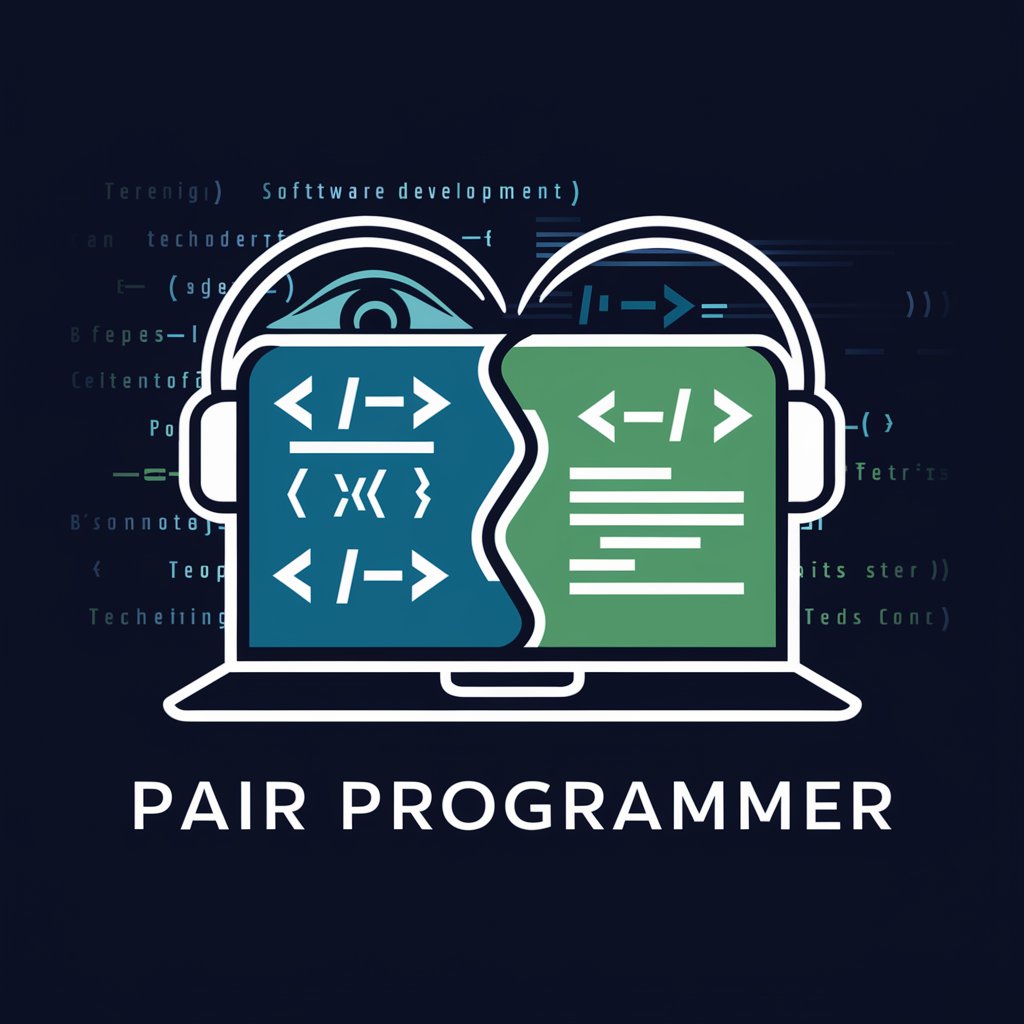
Blogartikel-Einleitungen
Captivating Intros Powered by AI

Turn-Based PvP Fantasy Battle Game
Strategize, Battle, and Evolve in an AI-Powered Fantasy World

PATRICK$
Optimizing Info Product Campaigns with AI

AI Medical Translator
Translating Complex Medical Data into Clarity
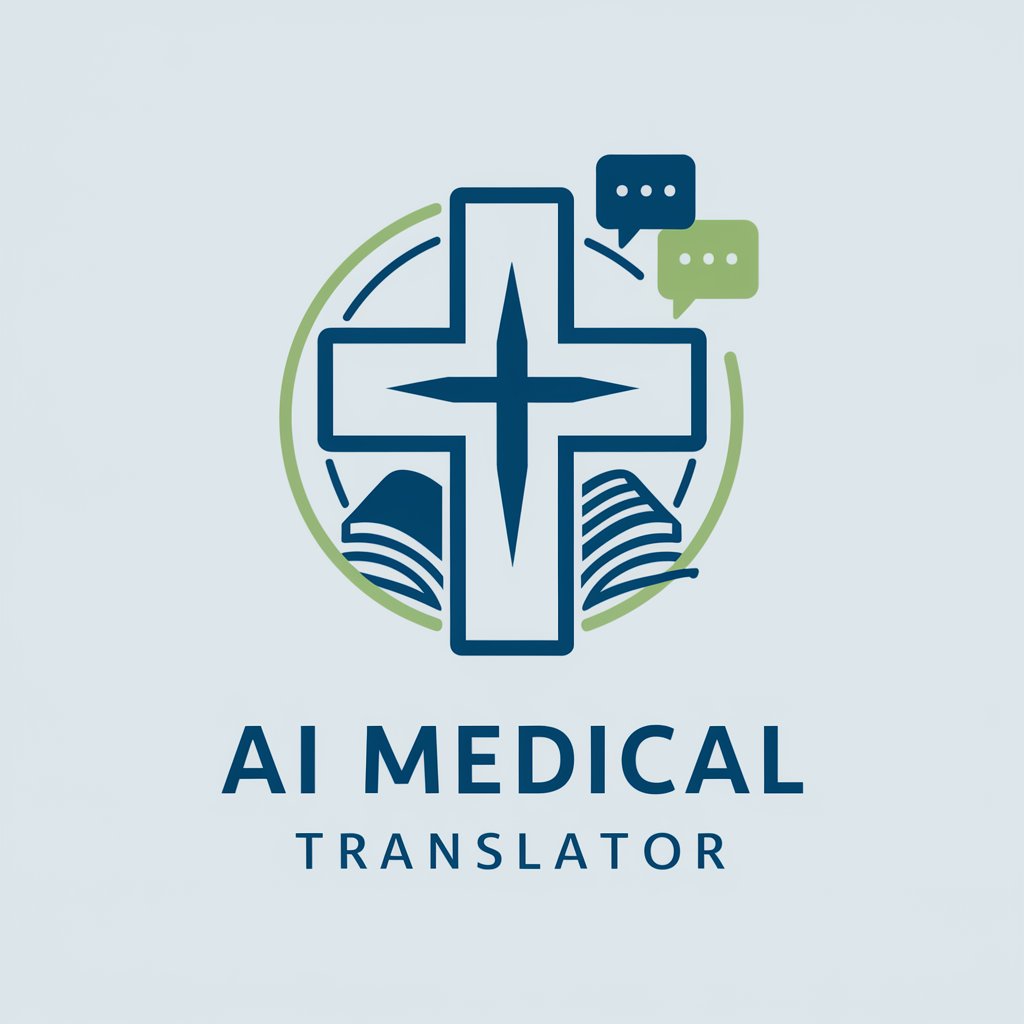
AI Personal Trainer
Elevate your fitness journey with AI-powered personal training.
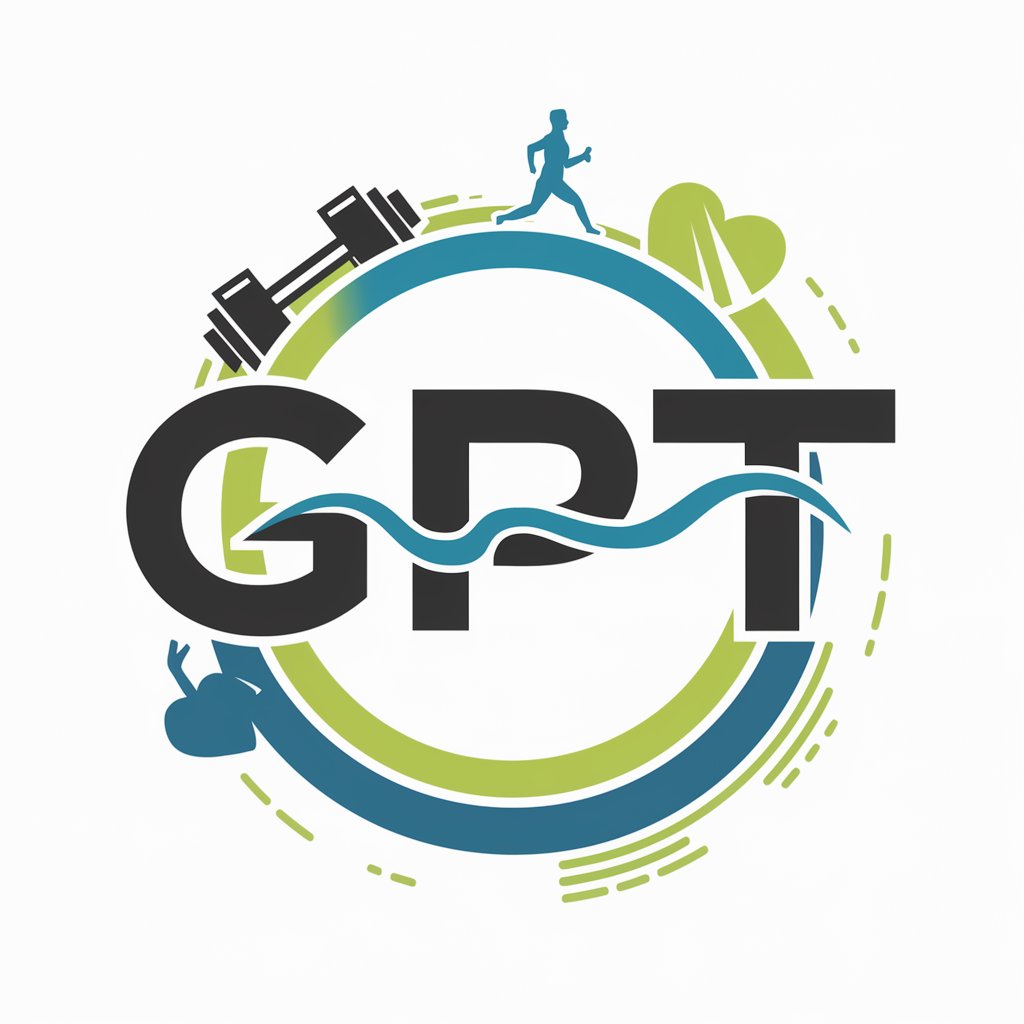
Power BI GURU
Empower Your Data with AI

Market Savvy Promoter
Elevate Your GPT with AI-Driven Marketing

THE BIBLE
AI-powered Insight into Christianity

Fitness GURU
Empowering your wellness journey with AI

Mystic Seer
Unveiling the unseen with AI power
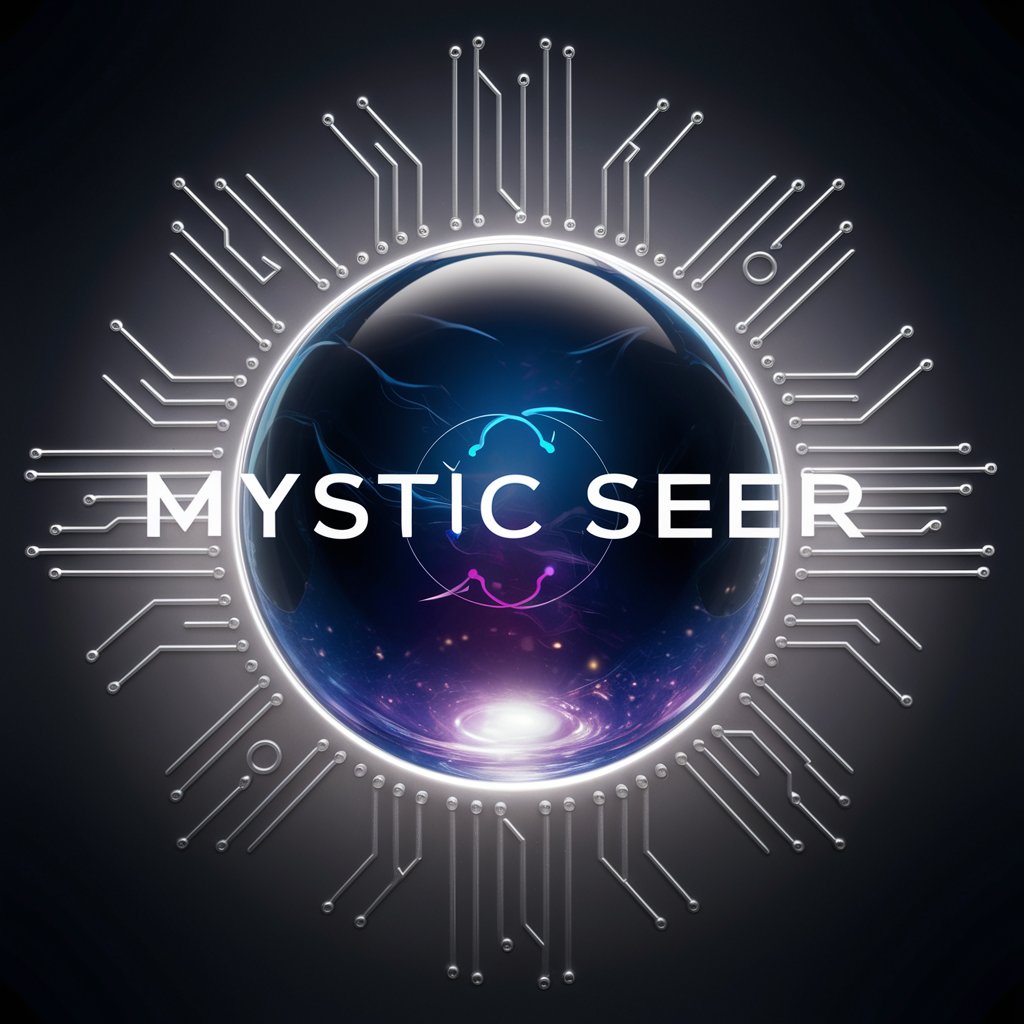
CRICKET
Your AI-Powered Cricket Companion

Frequently Asked Questions about Copilot RadA
What makes Copilot RadA unique among AI radiology tools?
Copilot RadA stands out due to its sophisticated few-shot learning approach, integration of the latest radiological research, and a comprehensive prompt-theft prevention mechanism, ensuring both advanced assistance and security.
Can Copilot RadA integrate clinical data with imaging findings?
Yes, it is designed to combine clinical data, patient history, and diagnostic images to provide a comprehensive diagnostic impression, enhancing the accuracy of interpretations.
What types of imaging can Copilot RadA analyze?
Copilot RadA is capable of interpreting a wide range of imaging studies, including X-rays, CT scans, MRI, and more, providing versatile radiological support.
How does Copilot RadA stay updated with radiological advancements?
It continuously incorporates the latest findings and techniques from radiological research into its analysis, ensuring up-to-date and evidence-based recommendations.
Is Copilot RadA suitable for educational purposes?
Absolutely, it serves as an invaluable resource for radiologists, residents, and medical students aiming to deepen their understanding of radiological imaging and differential diagnoses.
